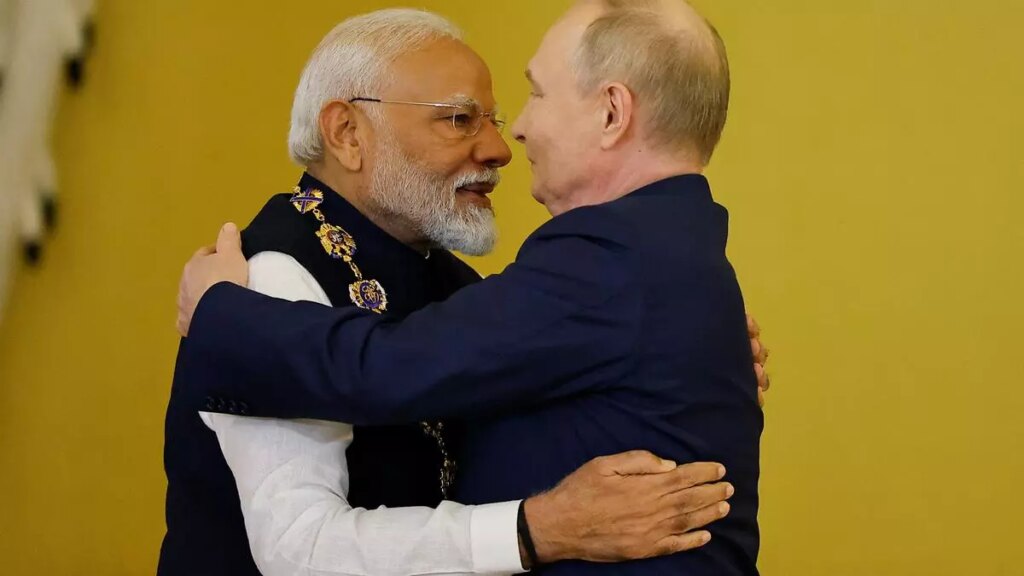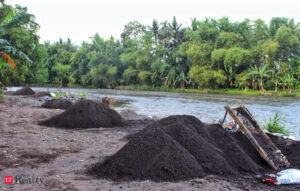Narendra Modi’s visit to Russia sends clear signals

It is significant that Prime Minister Modi’s first overseas visit after assuming charge of the government for the third time should have been to Russia. It suggests, perhaps to the exasperation of the Western world, that India’s ties with Russia will continue to be on a strong footing, even as it voices its criticism over the war and violence in Ukraine. When seen along with India’s recent agreement, just before the general elections, to develop a terminal at Iran’s Chabahar port, it reaffirms the perception that India will deal with the West on its own terms.
It has enough macroeconomic heft, besides a large market, to be able to do so. If a bilateral and multilateral reset is indeed underway, it may manifest itself in ties with China, US as well as in the dynamics within and between bodies such as G-20, BRICS, Quad, Indo-Pacific Economic Forum and even perhaps the Shanghai Cooperation Organisation (in which China, Russia, Iran and India are members). The joint declaration between India and Russia should be viewed in the context of Western efforts to isolate Russia, diplomatically and economically. The two countries seek to expand bilateral trade from the current $65 billion to $100 billion by 2030. They are in talks to build six nuclear reactors in India. Areas of cooperation spanning “political and strategic, military and security, trade and investment, energy, science and technology” will be explored, the declaration says.
The US has observed that third party sanctions (aimed at countries that aid Russia in its war effort) may be considered. India’s $4 billion exports (some of it technology) to Russia have reportedly come under question. India’s trade ties with Russia have changed dramatically after the war. Bilateral trade with Russia expanded 8x between FY21 (before the war) to FY24, or from $8 billion to $65 billion. Imports from Russia, largely oil , increased by nearly 12x to $61 billion. With China’s trade with Russia too rising sharply since 2022 (now $240 billion), Russia has been able to maintain its daily crude export volume of seven million barrels per day through the war, despite the sanctions.
However, the noises against India and China must be seen against the fact that the EU too has been getting its supplies of refined Russian crude from India. Rhetoric aside, there is an uneasy understanding between all parties. India should pursue its own interests, as it has done so far by maintaining a studied neutrality over Ukraine. However, it should be careful not to openly violate the sanctions. As a result of the two-year war in Ukraine, finance and geopolitics have become intertwined. The use of alternative currencies to the dollar is gaining ground, between India and Russia, Russia and China, and now between Saudi Arabia and China. India and Russia discussed these possibilities. In a multi-polar world order, India has done well to stay clear of camps and pursue its priorities.








